Most Rare Bird in North America: See The List
Discover the elusive and most rare bird in North America. Explore the fascinating stories of survival and conservation efforts that are bringing these unique species back from the brink of extinction.
Table of Contents
The Plight of North America’s Birds
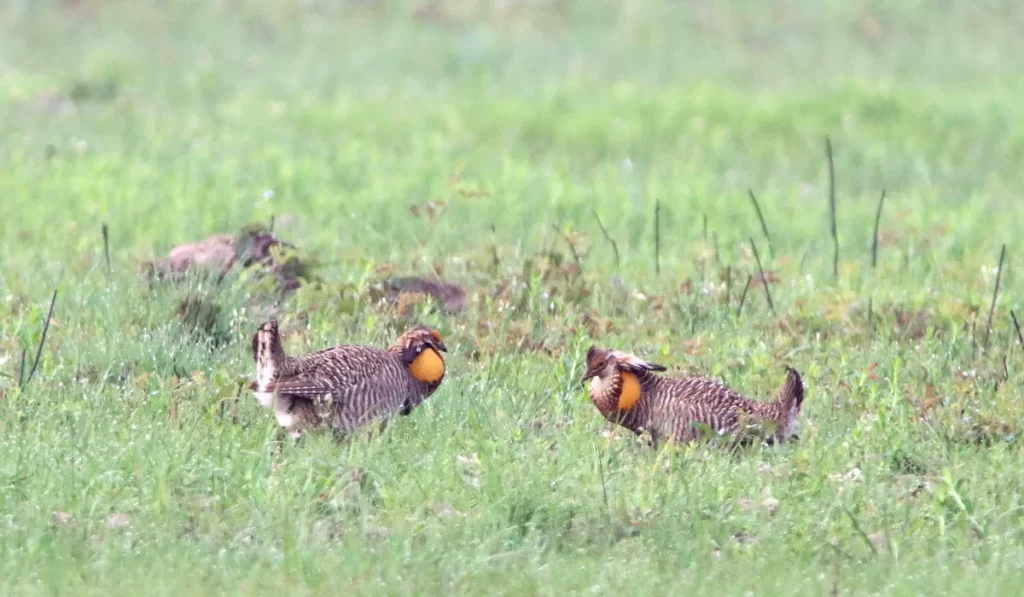
Bird watching is more than a hobby; it’s a window into the delicate balance of our ecosystems. Among the diverse avian population of North America, some birds stand out due to their rarity and the ongoing efforts to save them from extinction.
These rare birds captivate the imagination of bird enthusiasts and conservationists alike, highlighting the urgent need for conservation efforts. This article will delve into the plight of North America’s rarest birds, their habitats, diets, vocalizations, and the ongoing efforts to protect them.
Declining Bird Populations
Bird populations across North America have been declining at an alarming rate. According to a study published in “Science” in 2019, nearly three billion birds have disappeared since 1970.
This decline encompasses various species, from common backyard birds to the rarest among them. The reasons behind this troubling trend are manifold, including habitat destruction, climate change, pollution, and invasive species.
Each factor contributes to the growing rarity of certain bird species, making conservation efforts more crucial than ever.
Factors Contributing to Bird Rarity
The primary factors driving the rarity of birds in North America include:
- Habitat Loss: Urbanization, agriculture, and deforestation have led to the destruction of natural habitats. Birds that rely on specific habitats, such as wetlands or old-growth forests, are particularly vulnerable.
- Climate Change: Changes in temperature and weather patterns affect migratory patterns, breeding seasons, and food availability, putting additional stress on bird populations.
- Pollution: Pesticides, plastics, and other pollutants contaminate the environments birds depend on, leading to health issues and reduced survival rates.
- Invasive Species: Non-native species can outcompete native birds for food and habitat, or directly prey on them, further decreasing their numbers.
These factors collectively contribute to the precarious status of many bird species, prompting urgent conservation actions.
The Most Rare Bird in North America
California Condor

The California Condor is perhaps the most well-known of North America’s rare birds. Once widespread across the continent, the condor’s population plummeted due to habitat loss, lead poisoning, and hunting.
By the 1980s, fewer than 30 individuals remained in the wild, prompting a desperate conservation effort that involved capturing all remaining birds for a captive breeding program.
Today, thanks to these efforts, over 400 California Condors exist, with more than half of them living in the wild. Despite this success, the condor remains critically endangered, with ongoing challenges such as lead poisoning from ingesting spent ammunition.
Attwater’s Greater Prairie Chicken
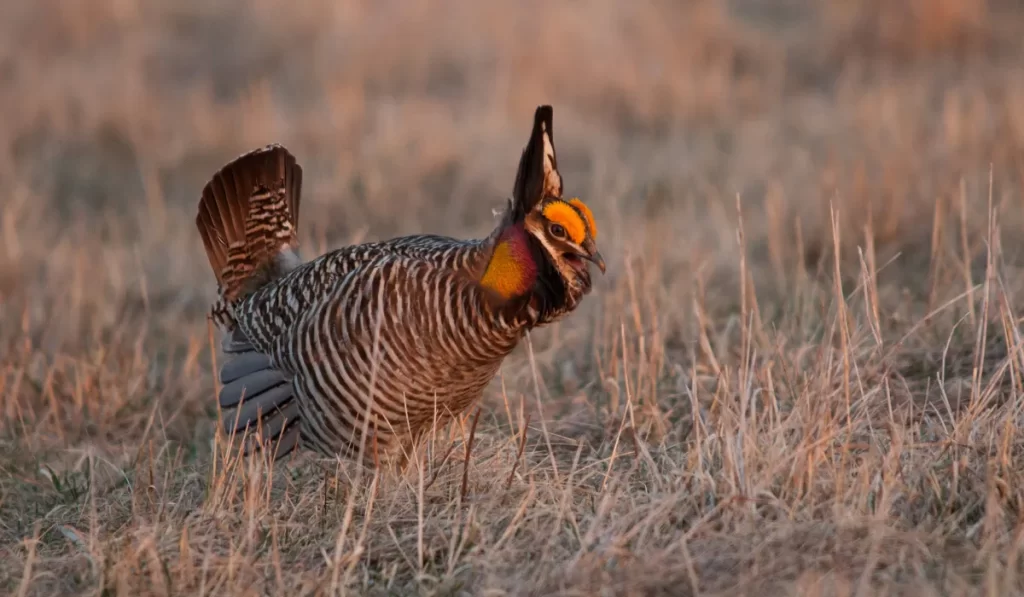
The story of the Attwater’s Greater Prairie Chicken is one of dramatic decline. This bird, native to the coastal prairies of Texas and Louisiana, has seen its population plummet due to habitat loss from agricultural expansion and urban development.
Today, fewer than 100 individuals remain in the wild. Conservation efforts include captive breeding and habitat restoration, but the species’ survival remains precarious. The Attwater’s Greater Prairie Chicken is a stark reminder of how human activities can push species to the brink of extinction.
California Clapper Rail
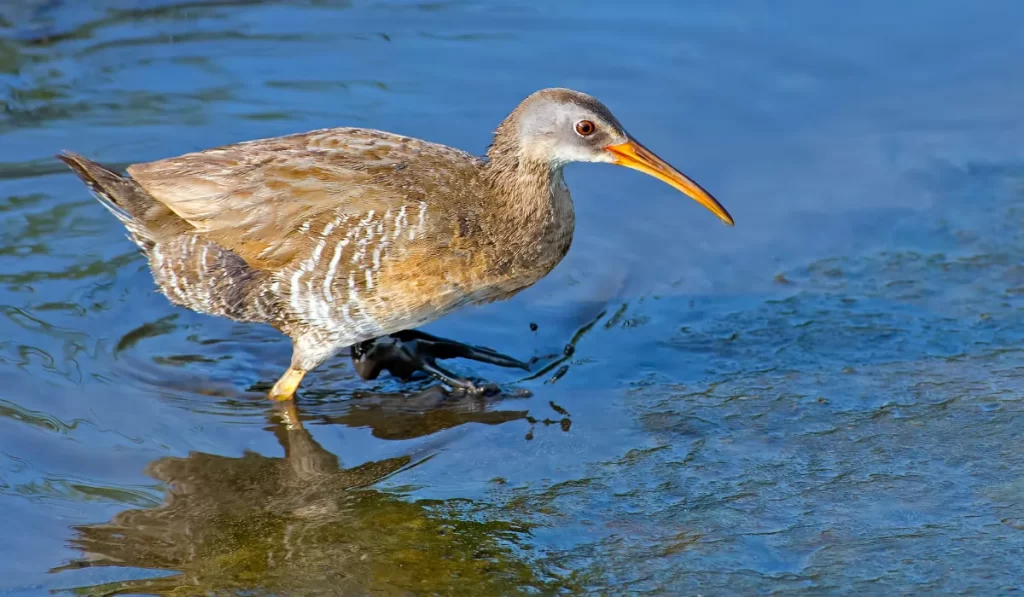
Endemic to the marshes of California, the California Clapper Rail has faced significant challenges due to habitat destruction. Urban development, pollution, and invasive species have all contributed to the decline of this bird.
Conservation initiatives, including habitat restoration and pollution control, are in place to help the species recover. However, the California Clapper Rail remains endangered, with its future closely tied to the success of these conservation efforts.
Inyo California Towhee

The Inyo California Towhee is a small bird with very specific habitat requirements, confined to the desert areas of California. Its population trends have fluctuated due to habitat degradation and water management practices.
Conservation efforts are focused on protecting its unique habitat and monitoring its population. Despite these efforts, the Inyo California Towhee remains a rare sight, illustrating the challenges of conserving species with specialized habitat needs.
Ivory-billed Woodpecker
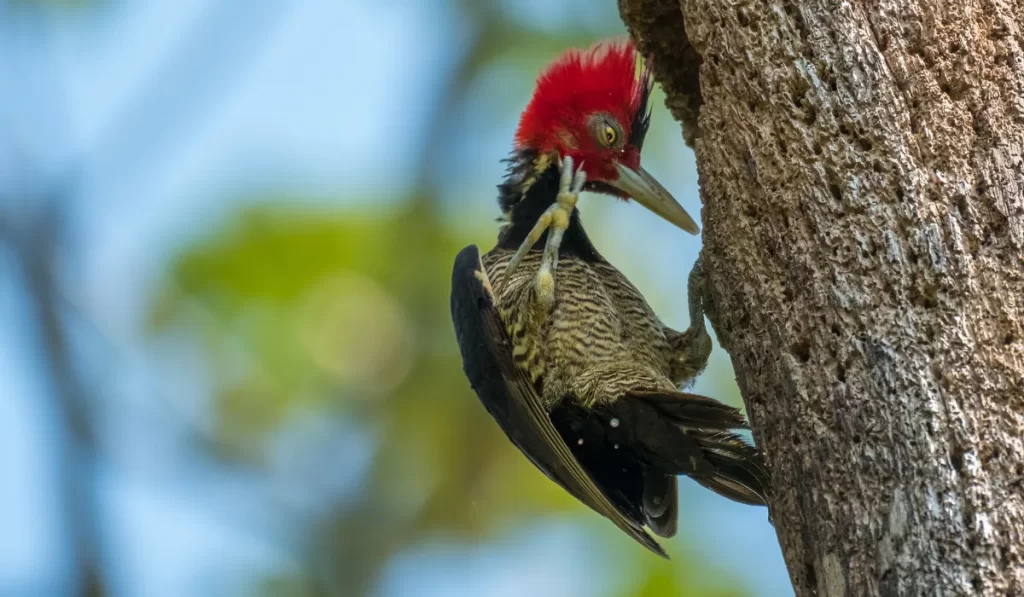
The Ivory-billed Woodpecker, once thought to be extinct, has a story shrouded in mystery. Rediscovered in the early 2000s in the swamps of the southeastern United States, its existence remains controversial, with no confirmed sightings in recent years.
The dense forests it inhabits are continuously under threat from logging and development. The Ivory-billed Woodpecker symbolizes the thin line between survival and extinction, and the ongoing debate about its status highlights the difficulties in studying and conserving such elusive species.
Kirtland’s Warbler
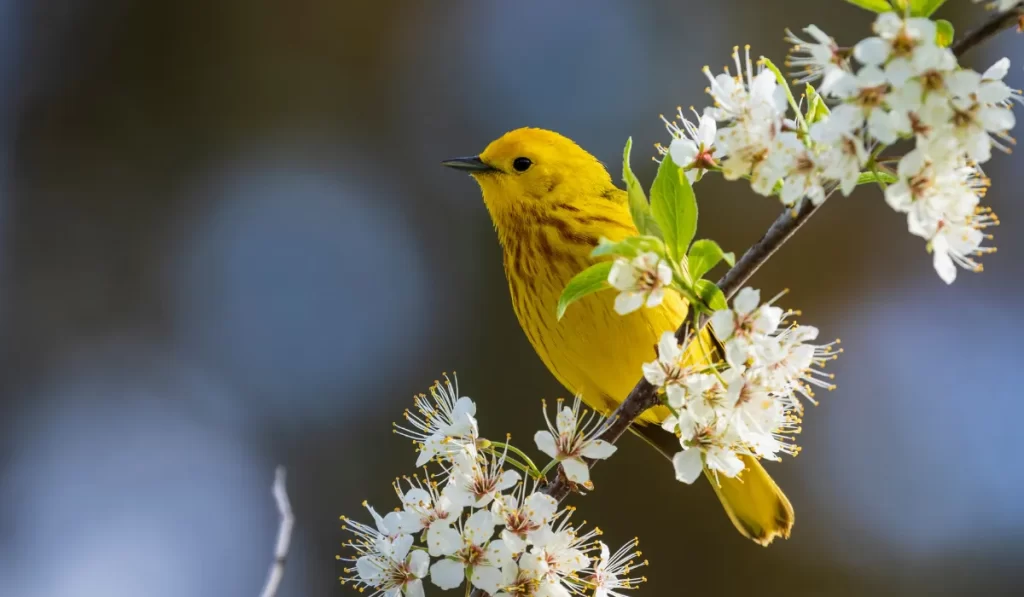
The Kirtland’s Warbler prefers young jack pine forests in Michigan and has made a remarkable recovery from near extinction. This bird’s decline was primarily due to habitat loss and parasitism by the brown-headed cowbird.
Thanks to dedicated conservation efforts, including habitat management and cowbird control, their population has rebounded from just 200 individuals in the 1970s to over 2,000 today. The Kirtland’s Warbler’s recovery is a testament to the effectiveness of targeted conservation strategies.
Read More: How Do Birds Survive in the Desert?
Conservation Success Stories
Successful Recovery Programs
The recovery of some of North America’s rarest birds demonstrates that concerted conservation efforts can make a significant difference. Programs involving habitat restoration, captive breeding, and legal protections have been crucial in saving these species from extinction. For example:
- California Condor: Intensive captive breeding and reintroduction programs have increased the population from fewer than 30 individuals to over 400.
- Kirtland’s Warbler: Habitat management and cowbird control have led to a significant population increase.
- Whooping Crane: Another success story, with numbers increasing from fewer than 20 individuals in the 1940s to over 800 today, thanks to habitat protection and captive breeding.
These success stories highlight the importance of ongoing conservation efforts and the potential for recovery even in the most dire situations.
How Can We Help?
Actionable Steps for Conservation
Every individual can contribute to bird conservation in meaningful ways:
- Support Conservation Organizations: Donate to or volunteer with groups like the Audubon Society, the American Bird Conservancy, or the Wildlife Conservation Society. These organizations play a crucial role in funding and implementing conservation projects.
- Advocate for Policies: Encourage local and national governments to enact and enforce laws that protect bird habitats. Support policies that address climate change and reduce pollution.
- Create Bird-Friendly Environments: In your own backyard, you can make a difference. Plant native vegetation, reduce pesticide use, and set up bird feeders and nest boxes to create a habitat that supports local bird populations.
- Participate in Citizen Science: Join bird monitoring programs like eBird or the Christmas Bird Count. Contributing to data collection efforts helps scientists track bird populations and identify conservation priorities.
Engaging with Wildlife Organizations
Getting involved with local and national wildlife organizations is a great way to make a difference. These organizations often offer volunteer opportunities, educational programs, and events that can help you learn more about bird conservation and how to get involved.
Supporting these groups, you can help ensure that conservation efforts continue to protect and restore bird populations.
Call to Action
Learn more about bird conservation and how you can help by visiting the websites of conservation organizations and participating in local conservation efforts. Every action counts in preserving the rich avian diversity of our continent. Let’s work together to ensure that future generations can enjoy the beauty and wonder of these rare birds.
By addressing the complex challenges facing North America’s rarest birds and supporting effective conservation strategies, we can make a meaningful impact on their survival. Join the effort today and become a part of the solution to protect our planet’s incredible biodiversity.
FAQs on the Most Rare Bird in North America
1. What is the rarest bird in North America?
The California Condor is the rarest bird in North America. Once widespread, their numbers fell to fewer than 30 in the 1980s due to habitat loss, lead poisoning, and hunting. Thanks to conservation efforts, including captive breeding and reintroduction, their population has risen to over 400. Despite this progress, they remain critically endangered and face ongoing threats.
2. How can I help in the conservation efforts of rare birds in North America?
You can help by supporting conservation organizations like the Audubon Society through donations or volunteering. Advocate for policies that protect bird habitats and address climate change. Create bird-friendly environments in your backyard by planting native vegetation, reducing pesticide use, and setting up bird feeders. Participate in citizen science projects like eBird to help track bird populations and contribute valuable data.
3. Why are bird populations declining in North America?
Bird populations are declining due to habitat loss from urbanization and deforestation, climate change affecting migratory patterns and food availability, pollution from pesticides and plastics, and invasive species outcompeting or preying on native birds. These factors combined have led to a significant reduction in bird numbers across the continent.
4. What are some success stories in bird conservation in North America?
Success stories include the California Condor, whose numbers have increased from fewer than 30 to over 400 through captive breeding and reintroduction. The Kirtland’s Warbler has rebounded from 200 individuals in the 1970s to over 2,000 due to habitat management and cowbird control. The Whooping Crane population has grown from fewer than 20 in the 1940s to over 800 today, thanks to habitat protection and breeding programs. These examples show that dedicated conservation efforts can lead to significant recoveries.
Conclusion
The survival of North America’s rarest birds is a critical barometer of our environmental health. These birds, from the majestic California Condor to the elusive Ivory-billed Woodpecker, each tell a story of survival against the odds.
By understanding the challenges they face and supporting conservation efforts, we can help ensure that these beautiful and unique species continue to grace our skies.
Reference:
https://www.fws.gov/program/california-condor-recovery

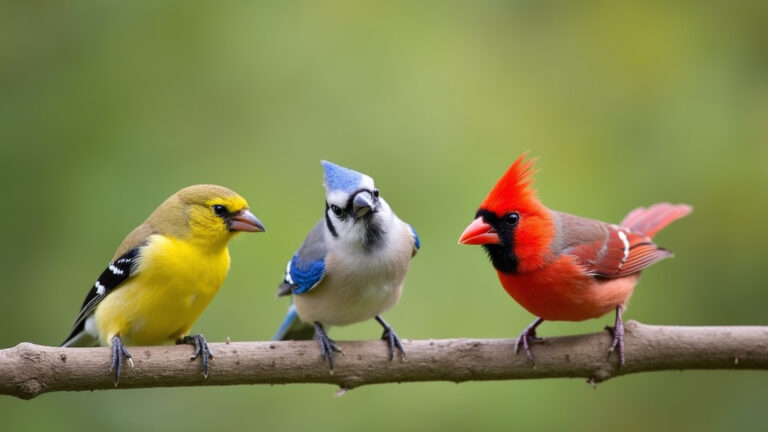

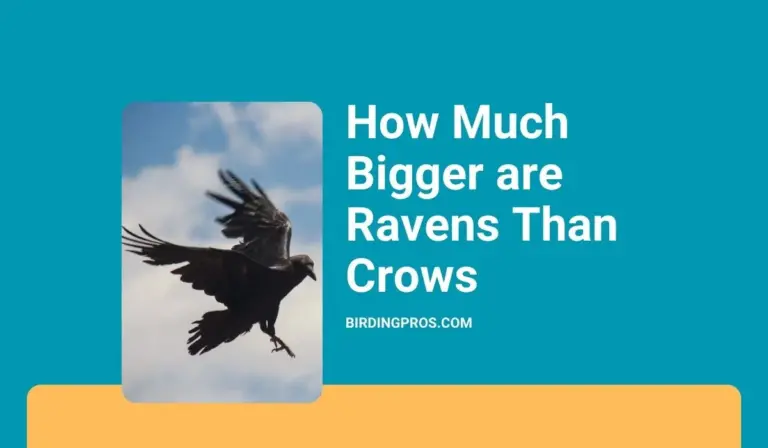
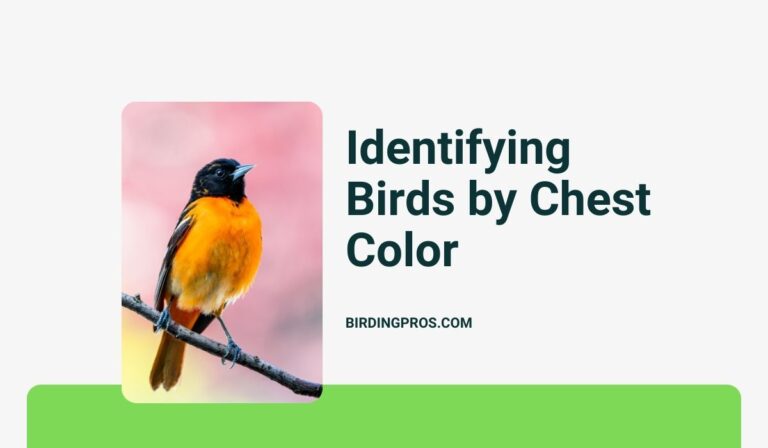
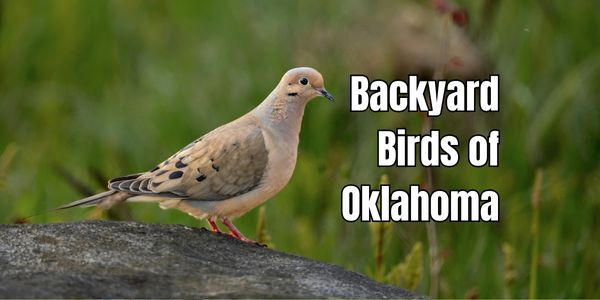

One Comment
Comments are closed.